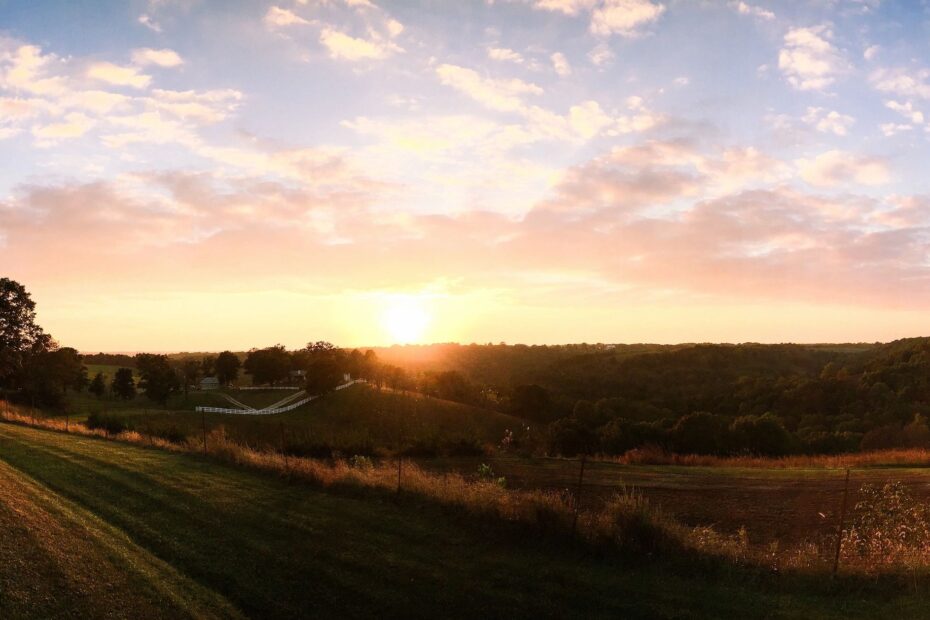New Brunswick experiences a diverse range of weather throughout the year, perhaps not surprising given the location being nestled in the eastern part of Canada.
New Brunswick Weather Seasons
The province, known for its stunning landscapes and rich cultural heritage, witnesses four distinct seasons: winter, spring, summer, and fall.
- Winter (December-February)
- Spring (March-May)
- Summer (June-August)
- Fall (September-November)
From the snowy landscapes of winter to the vibrant colors of fall, each season brings its own allure to this picturesque Canadian province.
Understanding the weather patterns and being prepared for the changing seasons allows residents and visitors to make the most of what New Brunswick has to offer.
Winter in New Brunswick
Winter in New Brunswick typically spans from December to February, with January being the coldest month. During this time, the province transforms into a winter wonderland, as snow blankets the landscapes.
The winter season offers opportunities for outdoor activities such as skiing, snowmobiling, and ice skating.
Spring in New Brunswick
Spring emerges as the province shakes off the winter chill. From March to May, temperatures gradually rise, and the landscape comes to life with blossoming flowers and budding trees.
Spring is an ideal time to explore New Brunswick’s natural beauty, with hiking trails and parks reopening for the season as province moves to daylight saving time zone.
Summer in New Brunswick
Summer, spanning from June to August, brings warmer temperatures and longer daylight hours. This is the perfect time to enjoy outdoor festivals, visit the stunning beaches along the Bay of Fundy, and explore the vibrant cities.
Summer in New Brunswick offers a variety of recreational activities for both locals and tourists.
Fall in New Brunswick
Fall, from September to November, paints the province in a tapestry of vibrant colors as the leaves change. The crisp air and cooler temperatures make it an excellent time for hiking and scenic drives.
Fall foliage attracts photographers and nature enthusiasts to witness the breathtaking transformation of the landscape.
Does New Brunswick Get Snow?
One of the defining features of New Brunswick’s winter is the snowfall. The province experiences a significant amount of snow, especially in the northern and inland regions.
Coastal areas may receive slightly less snow due to the moderating influence of the Atlantic Ocean.
Snowfall contributes to the picturesque winter scenes and provides opportunities for winter sports and activities.
Is New Brunswick Very Cold?
New Brunswick can experience cold temperatures, particularly during the winter months. January tends to be the coldest month, with temperatures often dropping below freezing.
Coastal areas, influenced by the Atlantic Ocean, may experience milder winter temperatures compared to inland regions.
It’s advisable for residents and visitors to be prepared for cold weather, layering appropriately and staying informed about weather forecasts.
Average Temperatures in New Brunswick, CA
Understanding the average temperatures throughout the year can help residents and visitors plan their activities and dress accordingly.
- Winter (December-February): Average temperatures range from -5°C to -15°C (23°F to 5°F).
- Spring (March-May): Average temperatures range from 5°C to 15°C (41°F to 59°F).
- Summer (June-August): Average temperatures range from 20°C to 30°C (68°F to 86°F).
- Fall (September-November): Average temperatures range from 5°C to 15°C (41°F to 59°F).
Daylight Saving Information
New Brunswick observes daylight saving time, typically starting on the second Sunday in March and ending on the first Sunday in November.
During this period, clocks are set forward by one hour, providing more daylight in the evenings. This adjustment is in line with the practice followed in many parts of North America.
